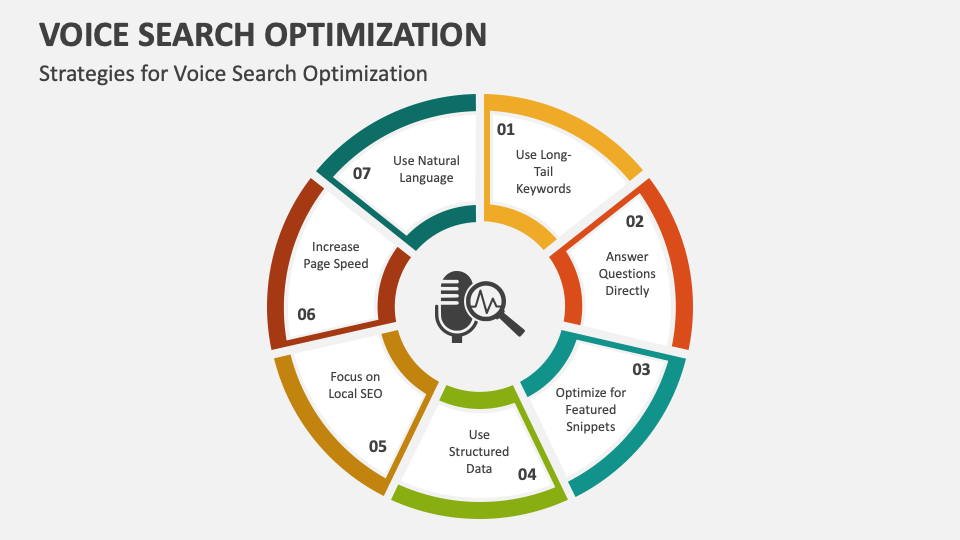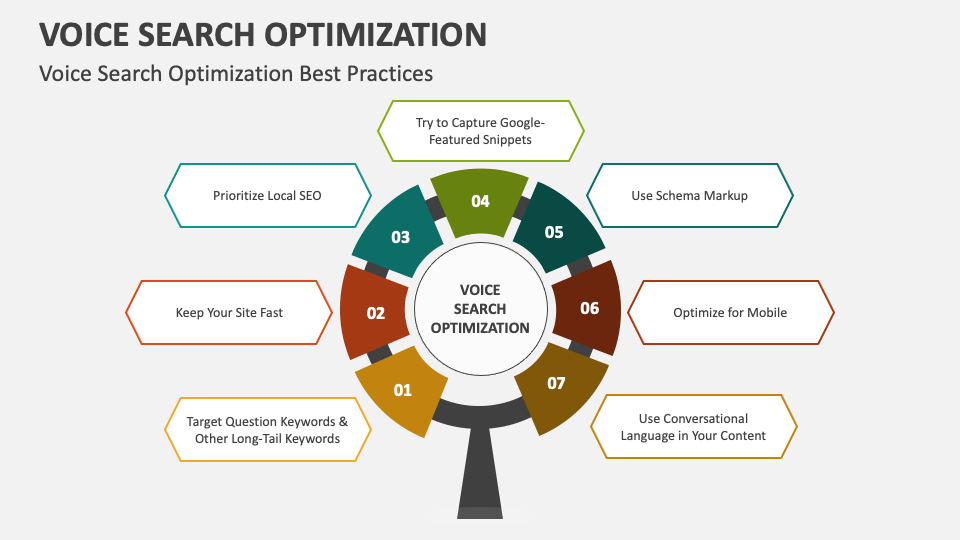
In the ever-evolving landscape of digital marketing, voice search has emerged as a game-changer. With over 71% of U.S. users preferring voice search to typing, it’s clear that optimizing for this new search behavior is no longer optional—it’s essential. Enter “Speakable” schema, a powerful tool that helps your content be heard by voice assistants like Google Assistant and Amazon Alexa. This guide will walk you through everything you need to know about implementing Speakable schema and leveraging it for better visibility in voice search results.
What Is “Speakable” Schema and Why It Matters
Speakable schema is a type of structured data markup that tells search engines which parts of your webpage are best suited for text-to-speech (TTS) playback. It’s designed to help voice assistants like Google Assistant deliver concise, relevant content to users in an audio format. By marking specific sections of your content as “speakable,” you increase the chances that your website will be featured in voice search results, especially when users ask questions like, “What’s the latest on [topic]?”
This is particularly important because voice searches often differ from traditional text-based queries. They tend to be more conversational, longer, and centered around specific topics. Speakable schema allows you to tailor your content to match this shift, making it more likely that your pages will be chosen as the source for spoken answers.
How “Speakable” Schema Impacts SEO Performance
The rise of voice search has significantly changed how SEO strategies are developed. Traditional keyword optimization is still important, but now you also need to consider how your content sounds when read aloud. Speakable schema plays a crucial role in this transformation by helping search engines identify content that’s ideal for TTS.
Here’s how it impacts SEO performance:
- Improved Visibility: Pages with Speakable schema are more likely to appear in voice search results, increasing your brand’s exposure.
- Enhanced User Experience: When users hear your content via a smart speaker or smartphone, they’re more likely to engage with your brand.
- Higher Click-Through Rates: Even if your content isn’t the top result, being featured in a voice answer can drive traffic to your site through the URL provided by the assistant.
Additionally, Speakable schema complements other SEO practices like E-E-A-T (Experience, Expertise, Authoritativeness, Trustworthiness), as it ensures your content is not only optimized for search engines but also for real people using voice assistants.
Step-by-Step Implementation Framework
Implementing Speakable schema requires a careful approach. Here’s a step-by-step guide to help you get started:
-
Define or Audit the Current Situation
Begin by identifying the content on your website that would benefit most from being spoken aloud. Focus on key sections such as headlines, summaries, or high-value information. Avoid including elements like photo captions, datelines, or source attributions, as these can confuse listeners. -
Apply Tools, Methods, or Tactics
Use JSON-LD format to add Speakable schema to your webpage. Here’s a basic example:
json
{
"@context": "https://schema.org/",
"@type": "WebPage",
"name": "Voice Search Optimization Guide",
"speakable": {
"@type": "SpeakableSpecification",
"cssSelector": ["#introduction", ".summary"]
},
"url": "https://www.yourwebsite.com/voice-search-optimization"
}
Replace the placeholder text with your actual content. You can use either cssSelector or xPath to target specific sections of your page. Make sure to test your implementation using tools like Google’s Structured Data Testing Tool.
- Measure, Analyze, and Optimize
After publishing your changes, monitor how your content performs in voice search results. Track metrics like engagement, click-through rates, and user behavior. Use tools like Google Analytics and Search Console to gather insights and refine your strategy over time.
Real or Hypothetical Case Study
Let’s imagine a scenario where a local business, “Green Valley Café,” implements Speakable schema on its website. The café focuses on coffee and pastries, and its primary audience includes locals who use voice search to find nearby places.
By marking the introduction of its menu and a short summary of its signature items as speakable, the café increases its chances of appearing in voice search results. For instance, when a user asks, “What’s the best coffee near me?” the Google Assistant might read out the café’s introduction, complete with a link to their website.
As a result, the café sees a 25% increase in foot traffic and a 15% boost in online orders. The success highlights the value of Speakable schema in bridging the gap between voice search and actionable user behavior.
Tools and Techniques for “Speakable” Schema
To effectively implement and manage Speakable schema, consider using the following tools:
- Google’s Structured Data Testing Tool: This free tool helps you validate your schema and ensure it’s correctly formatted.
- Schema App: A comprehensive tool for creating and managing structured data across your website.
- Yoast SEO: A popular WordPress plugin that supports schema markup, including Speakable.
- Screaming Frog: A website crawler that can help identify content suitable for Speakable schema.
- Ahrefs or SEMrush: These SEO tools can help you track the performance of your voice-optimized content and identify opportunities for improvement.
Each of these tools can streamline the process of adding and testing Speakable schema, ensuring your content is ready for voice search.
Future Trends and AI Implications
As AI continues to evolve, the role of voice search and structured data like Speakable schema will only grow. Google and other search engines are investing heavily in multimodal search, where users can interact with content through voice, text, and visuals.
For businesses, this means that optimizing for voice search is no longer just about getting found—it’s about being the go-to source for information. As more users turn to voice assistants for quick answers, the demand for well-structured, easily digestible content will increase.
To stay ahead, focus on creating content that is both informative and suitable for TTS. This includes writing in a conversational tone, using clear headings, and keeping paragraphs short. By doing so, you’ll not only improve your voice search rankings but also enhance the overall user experience.
Key Takeaways
- Speakable schema helps your content be heard by voice assistants, increasing visibility in voice search results.
- Effective implementation involves identifying key content sections, using JSON-LD markup, and testing your code.
- Optimizing for voice search requires a shift in content strategy, focusing on natural language, conversational tone, and concise summaries.
- Tools like Google’s Structured Data Testing Tool and Schema App can simplify the process of adding and managing Speakable schema.
- Future trends point toward a growing reliance on voice and multimodal search, making Speakable schema an essential part of any modern SEO strategy.
As voice search continues to shape the future of digital marketing, embracing Speakable schema is a smart move for any business looking to stay competitive. Start optimizing today, and make sure your brand is the answer to every question.
Meta Title: How to Use Speakable Schema for Voice Search
Meta Description: Learn how to implement Speakable schema for voice search optimization and improve your website’s visibility on smart devices.
SEO Tags (5): voice search, schema markup, SEO optimization, Google Assistant, structured data
Internal Link Suggestions: Parameter #4: Schema Markup for Enhanced SEO, Parameter #8: Voice Search Optimization Strategies
External Source Suggestions: https://developers.google.com/search/docs/advanced/structured-data/speakable, https://schema.org/SpeakableSpecification











